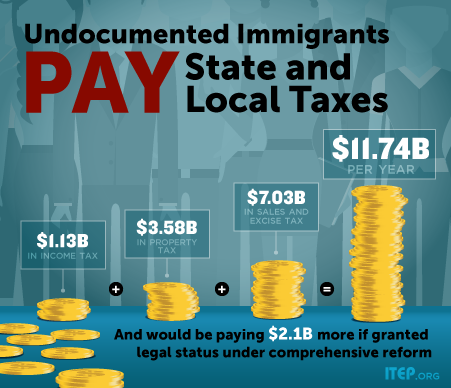

The analysis is limited to nonelderly adult workers between ages 19-64 who are employed either full-time or part-time in the U.S. It is based on KFF analysis of the 2022 Current Population Survey Annual Social and Economic Supplement. It discusses the implications of these patterns for their health and well-being as well as the nation’s economy. This brief examines socioeconomic characteristics and employment patterns among immigrant workers and examines how they compare to U.S.-born workers, including differences among college-educated workers. 5, 6 Addressing this occupational mismatch could help reduce disparities in health and health care faced by immigrant families and positively benefit the U.S. 4 While their employment patterns, in part, reflect lower educational attainment levels and skills among immigrant workers versus U.S.-born workers, research and data suggest that some immigrant workers may be overqualified for their jobs-that is having education or skills beyond what is necessary for their job. 3 However, their employment patterns contribute to them having higher uninsured rates and facing increased health risks relative to their U.S.-born peers.


1, 2 Through entrepreneurship and establishment of businesses, immigrants also create jobs that generate employment for other U.S. economy and its workforce by filling unmet labor market needs, especially in industries such as construction and agriculture that are at increased risk of adverse health outcomes and injuries, including climate-related health hazards. Immigrants are an integral part of our nation, including our nation’s workforce.


 0 kommentar(er)
0 kommentar(er)
